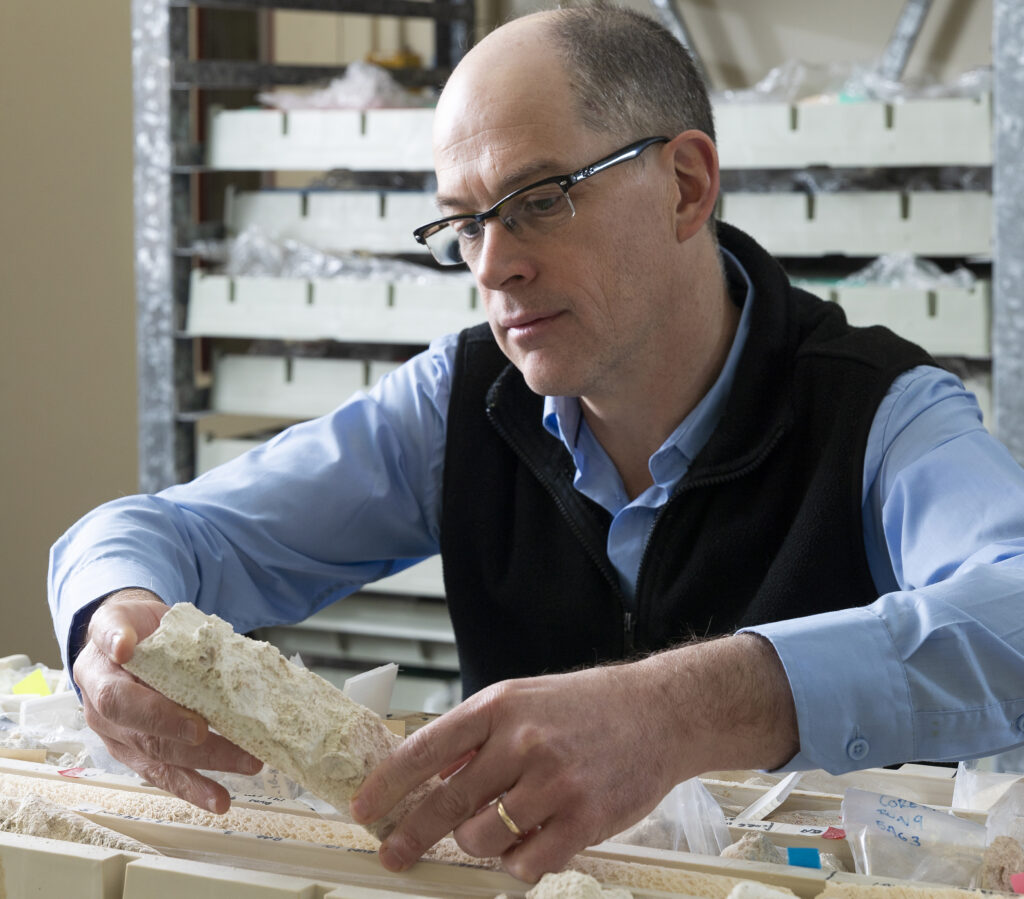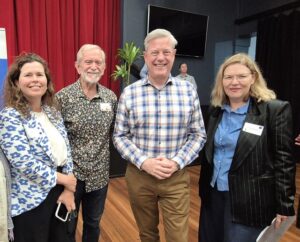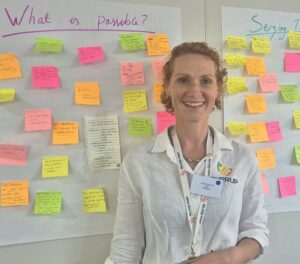
8229_One_Tree_Island. Jody Webster in lab with coral samples.
A breakthrough technique developed by a student at the University of Sydney is providing unprecedented insights into past climate change by examining coral fossils. Geoscientist Carra Williams has collaborated with the Australian Nuclear Science and Technology Organisation (ANSTO) to utilize neutron computed tomography (NCT), allowing researchers to identify well-preserved pockets of coral skeletons. This innovative method can shed light on climate shifts and sea-level changes over the past hundreds of thousands of years.
In her research, Ms. Williams, who is pursuing a PhD in the university’s School of Geosciences, stated, “This method opens the door to recovering climate information from coral samples once written off as too altered to be useful.” By employing NCT, scientists can visualize the internal structure of coral fossils in three dimensions, distinguishing between the original mineral, aragonite, and its altered form, calcite. The aragonite holds vital signals of historical ocean and climate conditions.
Corals typically construct their skeletons from aragonite, a form of calcium carbonate. Over time, this mineral can transform into calcite through a process known as diagenesis, which often obscures the original climate data contained in the fossil. Ms. Williams emphasized that understanding the past will better equip scientists to assess the impacts of anthropogenic climate change on modern reefs.
Revolutionizing Climate Research
The NCT technique was employed at ANSTO’s DINGO neutron imaging instrument, enabling the team to scan coral cores and identify areas where aragonite persists within altered specimens without causing damage. This method involves directing beams of neutrons, produced at ANSTO’s OPAL research reactor in Lucas Heights, through coral fossils to generate images of their internal structures, akin to how X-rays or CT scans reveal human anatomy.
The scans successfully uncovered hidden aragonite zones, demonstrating that even previously considered “undateable” fossils can offer significant climate data. Ms. Williams likened the discovery to “finding intact pages in an otherwise weathered book,” where rare sections of original aragonite provide crucial information about how reefs and oceans responded to major environmental shifts in the past.
Professor Jody Webster, a leading expert on coral reef history and supervisor of the project, noted that this new approach could transform the reconstruction of ancient climate records. “Coral reefs are one of the most sensitive archives of environmental change,” he explained. “By using neutrons to look inside their fossils, we can unlock data that has been hidden for millennia. This will help us understand the thresholds and tipping points reefs faced in the past—vital knowledge as human-driven climate change accelerates.”
Significant Findings and Future Implications
The study represents the first application of NCT in screening fossil corals for climate and dating studies. Unlike traditional X-rays, which only reveal density differences, neutrons are particularly sensitive to hydrogen. This characteristic makes them ideal for detecting aragonite, which retains more water and organic matter than calcite. The result is a detailed three-dimensional map of the mineral phases within coral cores, achieved without physically cutting into the samples.
The research analyzed four coral samples, including a calibration sample of modern coral from One Tree Reef at the University of Sydney’s research station, along with fossils from various locations. These included a recent specimen from Muschu Island in Papua New Guinea, approximately 1,650 years old; a Late-Pleistocene sample over 40,000 years old from Ashmore Reef on the Northwest Shelf; and a fossilised Mid-Pleistocene sample from the Great Barrier Reef that dates back around 600,000 years.
The findings have been published in the journal Geochemistry, Geophysics, Geosystems of the American Geophysical Union. This research underscores the collaboration between the University of Sydney and ANSTO, highlighting the university’s role as a hub for groundbreaking scientific discoveries.
Professor Webster expressed his enthusiasm for the project, stating, “It’s exciting to see a PhD student driving such innovative science. Carra’s work showcases the calibre of research training we offer—combining cutting-edge technology with significant questions about humanity’s future.”
The authors declare no competing interests, and the project received funding from the Australian Research Council, the Australian Institute of Nuclear Science and Engineering, and the University of Sydney. They also acknowledged the support and access to ANSTO facilities, which were crucial for conducting this pioneering research.







